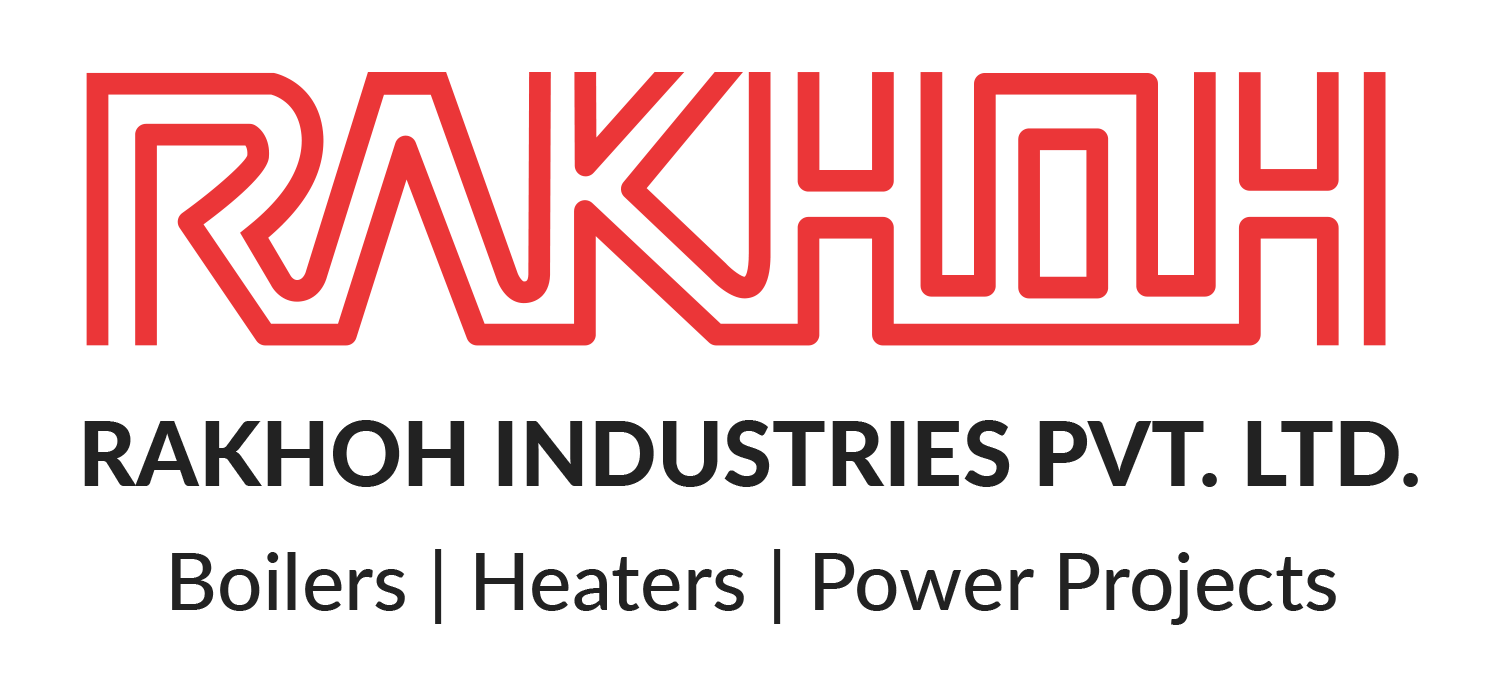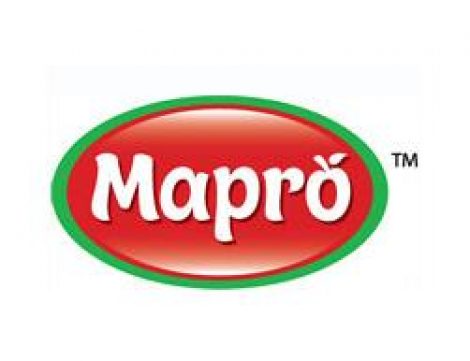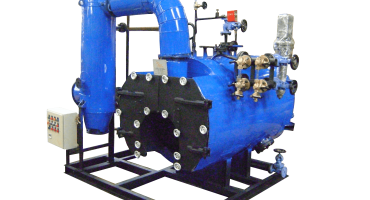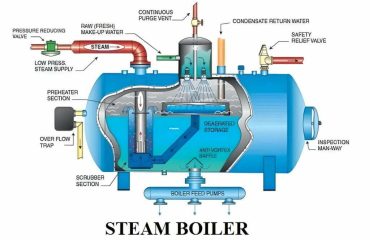An Introduction to Total Dissolved Solids (TDS) in Boiler System:
Industrial steam boilers generate steam by transferring heat to the water that is utilized for the processing operation. The water used for steam generation is known as boiler feed water that contains impurities that do not boil off with steam and concentrate in the boiler water. The dissolved solids eventually become denser, resulting in steam bubbles failing to burst as it reaches the water surface in the steam boiler. Depending on the boiler size, pressure, and steam load, the major part of the boiler gets accumulated with bubbles and leading to foaming in the steam main.
Foaming is adverse to the boiler system as it results in wet steam with boiler water that contains a high level of dissolved and suspended solids. It causes contamination in heat exchangers, control valves, and steam traps. The concentration of impurities in the steam boiler is termed Total Dissolved Solids (TDS).
Foaming can be controlled by monitoring its causes, such as the high amount of suspended solids, contamination by fats and oils, and high alkalinity. Even with proper monitoring of these factors, the process plant needs to ensure proper control of the high level of Total Dissolved Solids (TDS) in the boiler water to prevent foaming and carryover. TDS is expressed in ppm unit and can be measured by conductivity or density method
Calculating Total Dissolved Solids (TDS) Level:
Conductivity Method:
The type and amount of dissolved solids impact the electrical conductivity in the boiler water. Because acid and alkalinity have a significant effect on electrical conductivity, it is essential to neutralize the boiler water. The neutralization of the water sample takes place by the following procedure:
- Adding some drops of phenolphthalein indicator to the solution (less than 25°C)
- The solution turns dark purple in color at being alkaline
- Steadily add drop-by-drop acetic acid to neutralize the solution until the color disappears
The formula to measure TDS through the conductivity method is:
TDS (ppm) = (conductivity in μS/cm) X 0.7
Density Method:
The density of the boiler water is related to the dissolved solids in it. In the case of boiler water, an increase of 0.0001 of density at 15.5°C is around 110 ppm, and a hydrometer helps to obtain an exact measurement of the dissolved solids. However, the hydrometer cannot approximately measure the density of feedwater and condensate as it is close to the density of pure water. A hydrometer is a sensitive instrument and requires careful handling while measuring density through the following procedure:
- Boiler water sample must be filtered to remove any suspended solids
- The water must be cooled to 15.5°C
- Place the hydrometer in the water sample and whirl it to remove bubbles
- Read the relative density
TDS can be found through a chart available with a hydrometer or can be calculated manually with the formula:
TDS (ppm) = (relative density at 15.5°C – 1) X 1.1 X 106
Determining the Required Level of Total Dissolved Solids in Boiler Water:
The precise dissolved solid concentration that leads to foaming varies from the boiler to boiler. Generally, shell boilers operate optimally with TDS in the range of 2000 ppm whereas large boilers operate with TDS levels up to 3500 ppm. TDS level of water can be controlled by:
- Ensuring the boiler operate to its design pressure
- Proper steam load conditions
- Other boiler water factors are monitored and controlled
Effects of High Total Dissolved Solids:
High Total Dissolved Solids Concentration results in increased deposition or scale formation on the tube surface that hinders the heat transferring from flue gases to the water and leads to overheating the tubes. With a high level of TDS, the bubbles formed during boiling carry the solids with them that reduce heat transfer rate, and increase fuel requirement, thereby reducing the boiler efficiency. Carryover of the solids reduces the quality of the steam and damages heat exchangers, steam traps, and control valves. The TDS level also increases with the chemical treatment of makeup water that increases the Blowdown requirement.
Reducing Total Dissolved Solids in Boiler Water:
Controlling Total Dissolved Solids ensures optimal efficiency of the steam boiler and prevents excess loss. Rakhoh Boilers, with their 38+ years of expertise in thermal solutions and world-class boiler manufacturing, has assisted more than 20 process industries worldwide by delivering efficient steam boilers and excellent boiler services. Understanding the consequences of high TDS level, here are some of the ways to control it for enhanced boiler productivity:
Regular Blowdown:
Blowdown aids in controlling TDS level and sludge formation, hence preventing the carryover of boiler water with the steam. Manual bottom blowdown through valves must be conducted at frequent intervals to remove the sludge. Automatic blowdown senses the exceeding TDS concentration and automatically opens the blowdown valve.
Demineralization:
In this process, the boiler water is pretreated with ion exchangers to separate the dissolved solids like sulfates and chlorides of sodium, calcium, magnesium, and potassium. It is washed with chemicals in an exchanger.
Returning condensate:
Condensate has similar properties to distilled water that helps to maintain water quality if returned to the water tank. It reduces the level of TDS, thereby reducing the blowdown requirement. Reduced blowdown lowers the heat energy loss and reduces the cost of chemical treatments and freshwater, leading to energy savings.









